
What Is Awabi Sushi? Discover Japan’s Luxurious Abalone Nigiri
Awabi, the Japanese term for abalone, represents one of sushi’s most prestigious offerings—a marine gastropod that commands respect at every serious omakase counter. This esteemed shellfish occupies a rarified position in Japanese cuisine, where its distinctive texture and oceanic essence elevate it beyond ordinary seafood to a symbol of culinary sophistication and seasonal celebration. What… Continue reading What Is Awabi Sushi? Discover Japan’s Luxurious Abalone Nigiri
Ingredients ● 2025 Sep 11
Awabi, the Japanese term for abalone, represents one of sushi's most prestigious offerings—a marine gastropod that commands respect at every serious omakase counter. This esteemed shellfish occupies a rarified position in Japanese cuisine, where its distinctive texture and oceanic essence elevate it beyond ordinary seafood to a symbol of culinary sophistication and seasonal celebration.
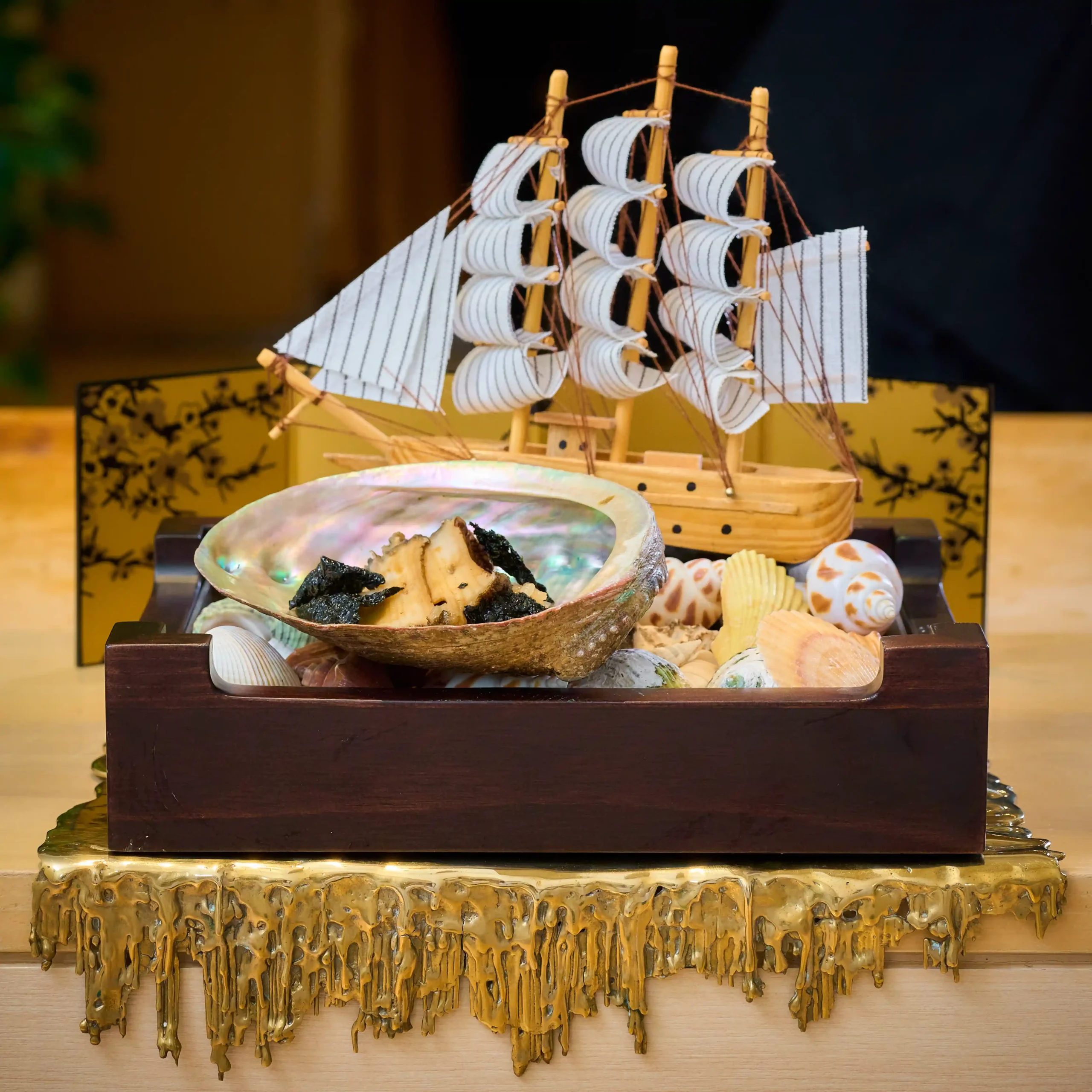
What Is Awabi Sushi?
Awabi sushi showcases abalone, a large marine snail that inhabits rocky coastal waters, transformed into an exceptional piece of nigiri or sashimi. This mollusk delivers an unmistakable firm, crisp texture paired with a subtle briny sweetness that distinguishes it from other shellfish. The preparation demands absolute freshness—master sushi chefs often dispatch the abalone moments before service, preserving its characteristic snap and preventing the flesh from toughening.

Japanese waters yield several prized varieties, each with distinct qualities. Kuro awabi, or black abalone, stands as the most coveted, offering superior texture and depth of flavor. Ezo awabi from Hokkaido provides exceptional sweetness and tenderness, particularly during its peak season. Megai awabi, the giant variety, excels when prepared using traditional cooking methods that tenderize its substantial flesh. Madaka-awabi rounds out the selection with its balanced flavor profile and versatility in both raw and cooked preparations. Each variety requires specific handling techniques that experienced itamae have refined over generations.
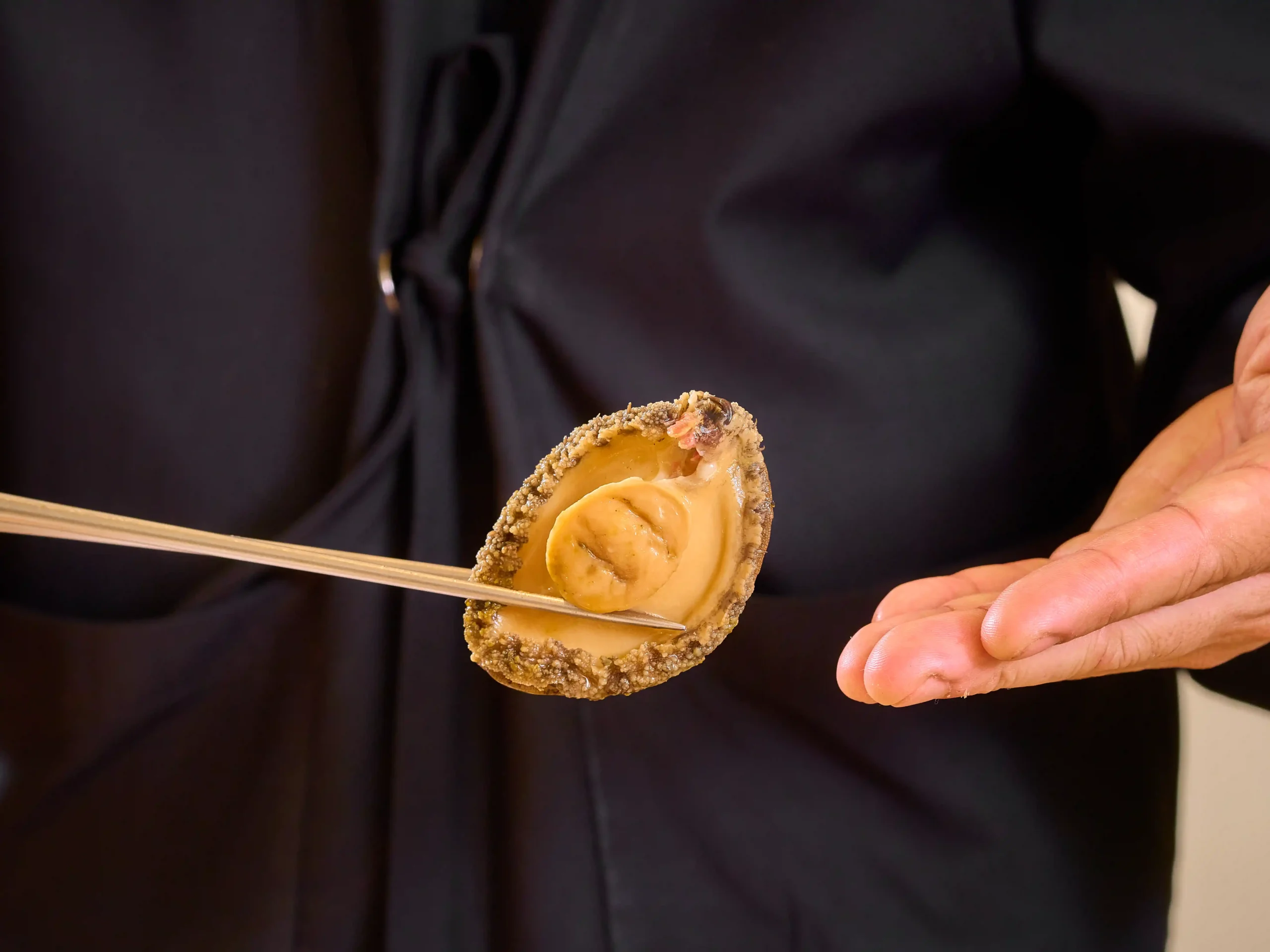
Texture and Flavour
The hallmark of exceptional awabi sushi lies in its unique textural contrast—simultaneously firm yet yielding, with a pleasant crunch that gives way to oceanic sweetness. Raw preparations highlight this natural texture, delivering clean, mineral notes reminiscent of pristine coastal waters. The flavor profile remains subtle yet complex, with hints of sweetness balanced by umami undertones.
Traditional cooking techniques transform awabi's character dramatically. Sake-ni preparation, where the abalone simmers in sake, introduces delicate alcoholic notes while softening the flesh. Shoyu-ni, employing soy sauce-based braising liquid, deepens the umami profile and creates a glossy, amber finish. Mushi-awabi, or steamed abalone, represents perhaps the most elegant preparation, gently coaxing tenderness while preserving the shellfish's essential character. These methods demonstrate the Japanese mastery of enhancing ingredients without masking their fundamental nature.
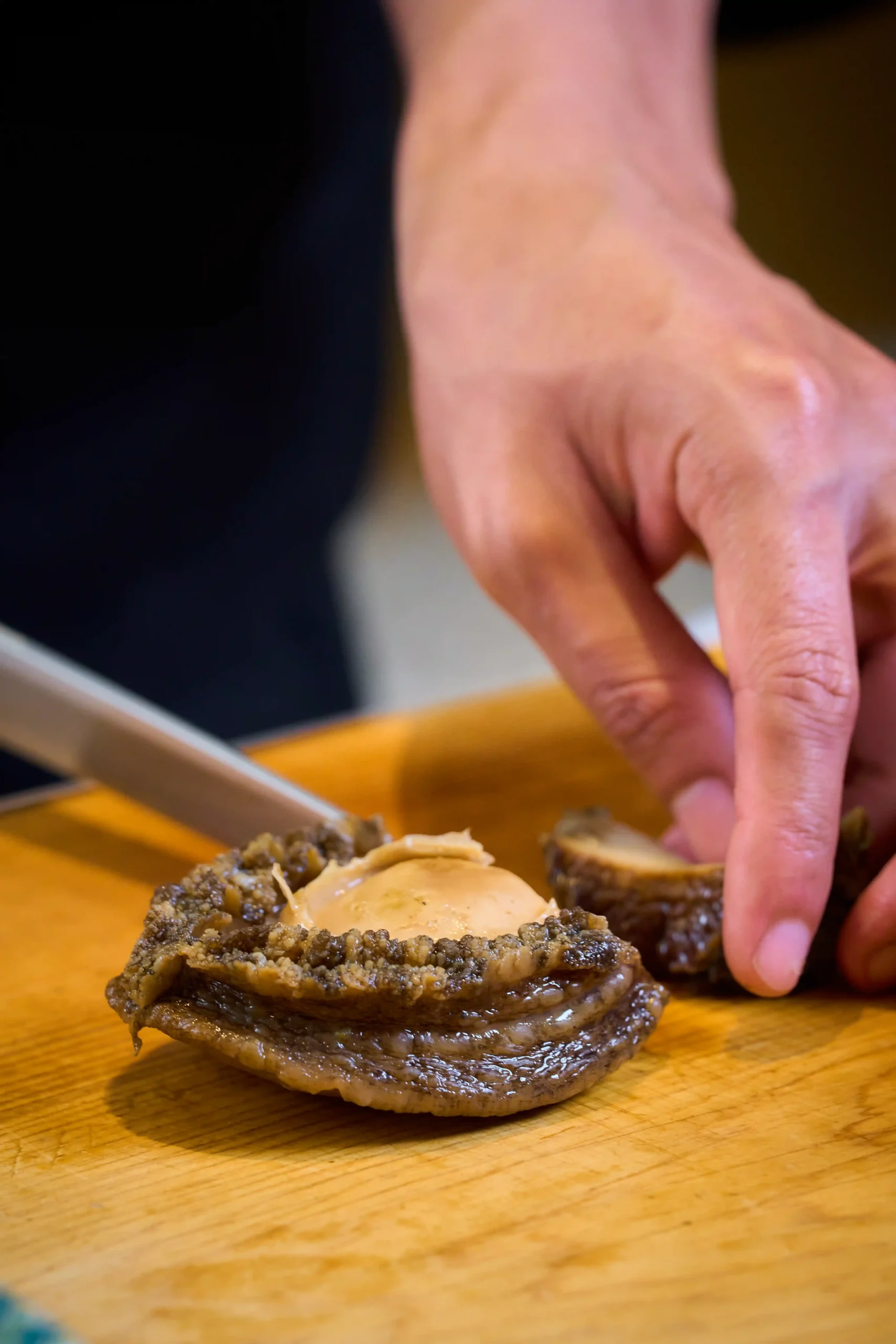
Cultural Significance and Seasonality
Within Japanese culture, awabi transcends mere sustenance to embody prosperity and longevity. Traditional gift-giving customs feature dried awabi as noshi—decorative elements symbolizing good fortune. Wedding banquets and New Year celebrations frequently showcase awabi dishes, reinforcing its association with auspicious occasions.
Seasonality governs awabi excellence. Kuro awabi reaches peak quality from late spring through summer, when warming waters enhance its sweetness. Ezo awabi follows similar patterns, though Hokkaido's cooler temperatures extend its prime season. Understanding these seasonal rhythms allows discerning diners to experience each variety at its zenith. Megai specimens, often enjoyed during winter months, benefit from longer cooking times that suit cooler weather dining preferences.
📍 Yuzu Omakase Thailand 2F, 258/9-10 Siam Square Soi 3, Pathumwan, Bangkok
📞 Phone: 063-898-8989
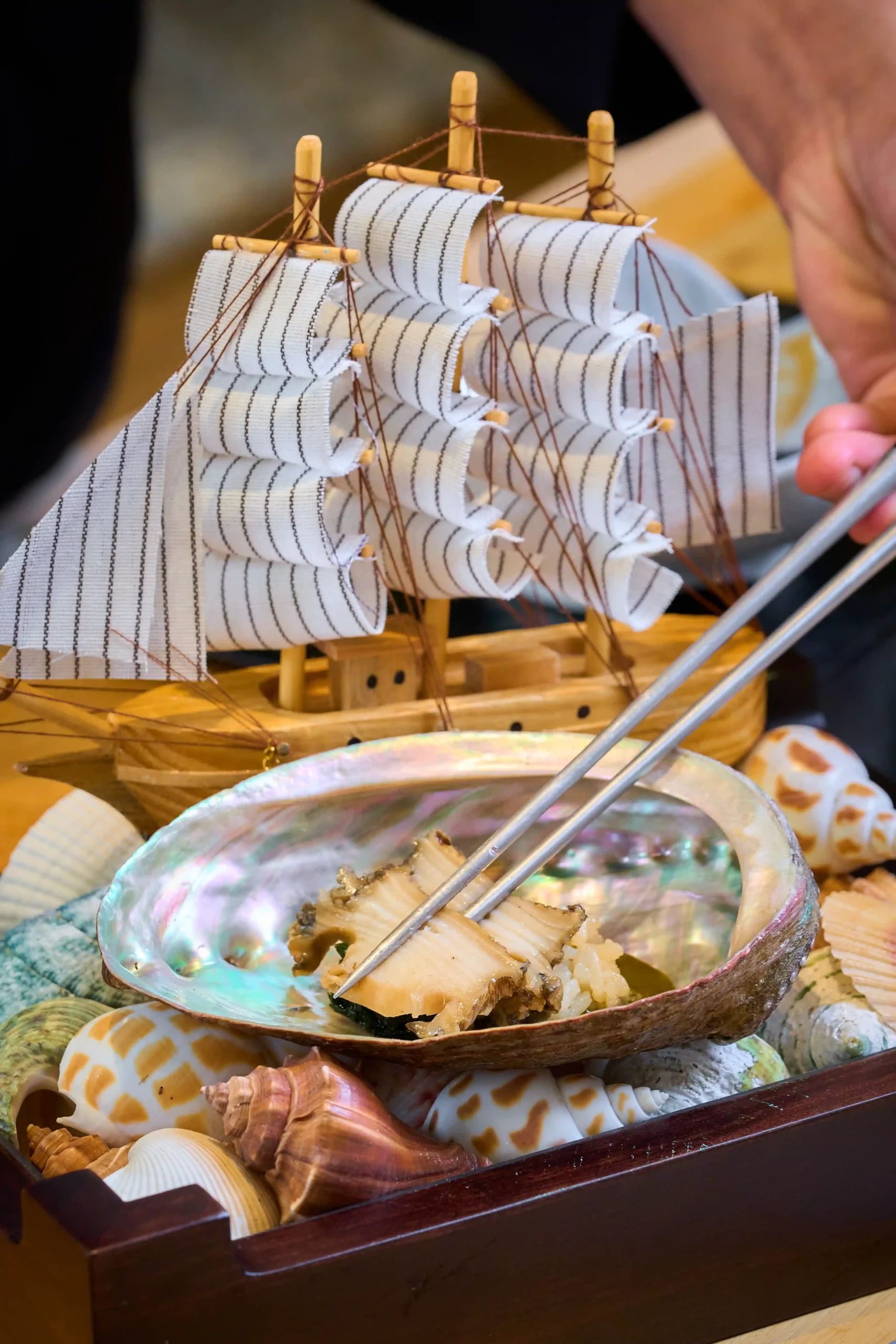
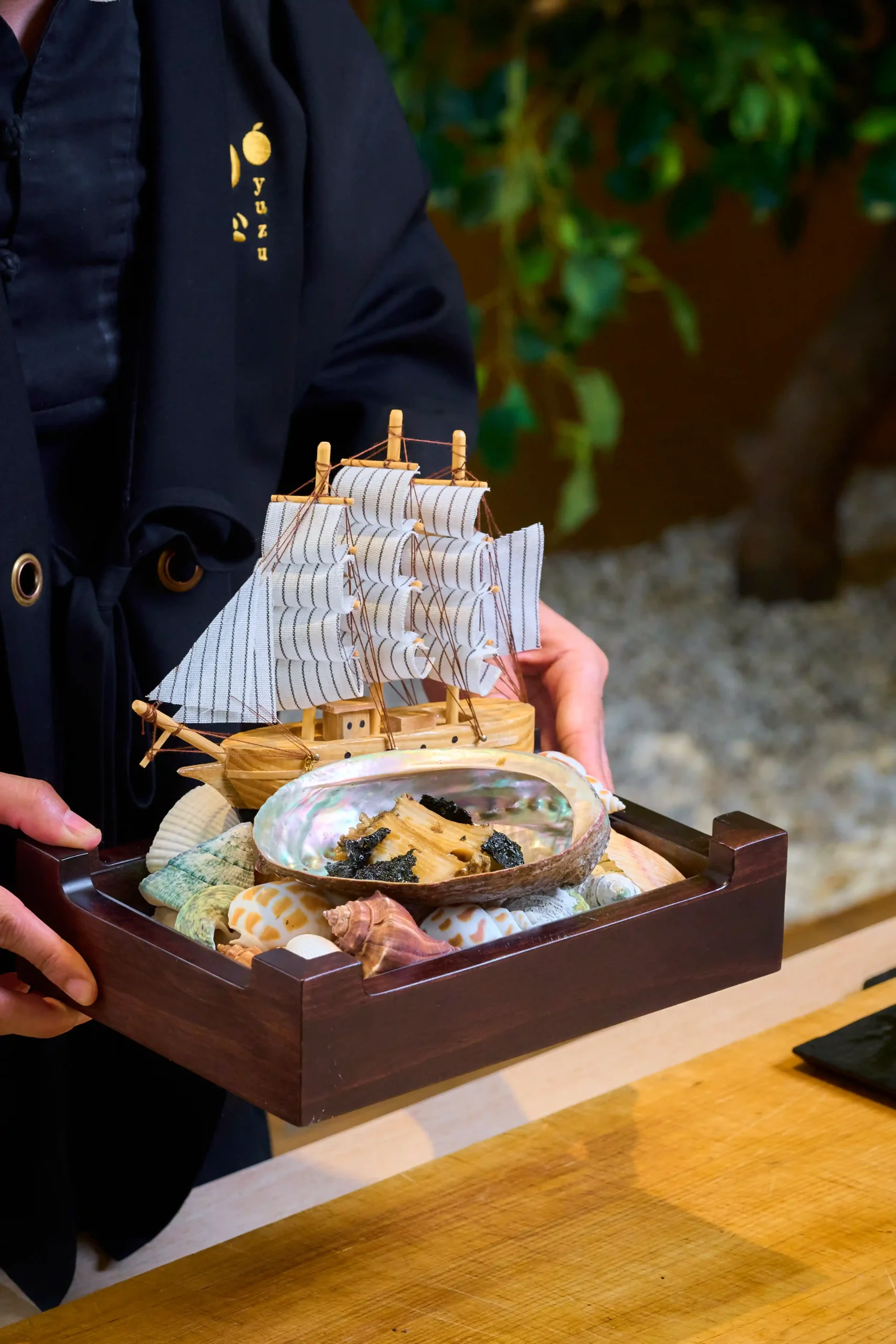
RELATE
Sorry, no posts matched your criteria.


